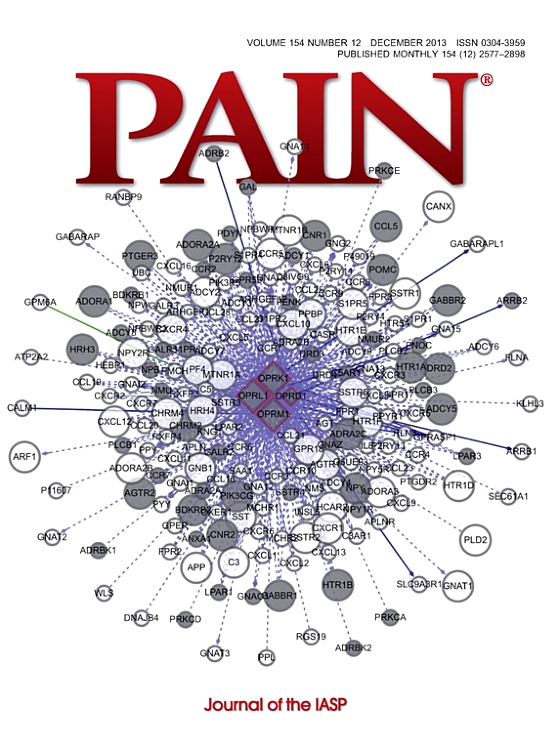Temporal development of peripheral neuroinflammation in whiplash-associated disorder grade II and its role in chronicity.
IF 5.5
1区 医学
Q1 ANESTHESIOLOGY
引用次数: 0
Abstract
Whiplash injuries cause considerable pain and disability. Most individuals are diagnosed with whiplash-associated disorder grade II (WADII), which is defined by the absence of frank nerve injury. However, studies indicate possible peripheral neuroinflammation in some individuals with WADII that may contribute to symptoms. The temporal changes of peripheral neuroinflammation in WADII remain unclear. This study aimed to investigate the course of peripheral neuroinflammation from acute to chronic stages and assess whether neuroinflammation in the acute stage predicts recovery 6 months postinjury. Sixty-two WADII participants, who were examined within 4 weeks of a whiplash injury, returned for a follow-up appointment at 6 months. Thirty-two percent (n = 20) of participants considered themselves to be all better at 6 months based on a global recovery question. Magnetic resonance imaging T2-weighted signal ratio of the C5 to C8 roots of the brachial plexus, associated dorsal root ganglia, and median nerve, were similar at both time points. Signs of heightened nerve mechanosensitivity reduced significantly at 6 months, as did mechanical and thermal hyperalgesia in the upper limb. Inflammatory mediator serum levels were unaltered at 6 months, except for tumour necrosis factor-α, which was reduced. Multivariable regression analysis indicated that heightened nerve mechanosensitivity (reduced elbow range of motion) in the acute stage was weakly prognostic for neuropathic pain classification at 6 months. Although many participants recovered at 6 months, the data show that peripheral neuroinflammation may persist in some individuals. These findings highlight the complexity of WADII and the contribution of neuroinflammation in both acute and chronic stages.鞭扭伤相关疾病II级患者周围神经炎症的时间发展及其慢性作用。
鞭伤会造成相当大的疼痛和残疾。大多数人被诊断为鞭扭伤相关障碍II级(WADII),其定义为没有明显的神经损伤。然而,研究表明,一些患有WADII的个体可能存在周围神经炎症,这可能导致症状。wdii患者周围神经炎症的时间变化尚不清楚。本研究旨在研究周围神经炎症从急性期到慢性期的病程,并评估急性期神经炎症是否能预测损伤后6个月的恢复。62名wadi参与者在颈椎扭伤后4周内接受检查,6个月后返回进行随访。根据全球恢复问题,32% (n = 20)的参与者认为自己在6个月后都有所好转。两个时间点臂丛C5根、C8根、相关背根神经节、正中神经的磁共振成像t2加权信号比相似。神经机械敏感性升高的迹象在6个月时显著减少,上肢的机械和热痛觉过敏也明显减少。6个月时,除肿瘤坏死因子-α降低外,炎症介质血清水平未发生变化。多变量回归分析显示,急性期神经机械敏感性增高(肘关节活动范围减小)对6个月时神经性疼痛分类的预后影响不大。虽然许多参与者在6个月后恢复,但数据显示周围神经炎症可能在一些个体中持续存在。这些发现强调了WADII的复杂性以及急性和慢性阶段神经炎症的贡献。
本文章由计算机程序翻译,如有差异,请以英文原文为准。
求助全文
约1分钟内获得全文
求助全文
来源期刊

PAIN®
医学-临床神经学
CiteScore
12.50
自引率
8.10%
发文量
242
审稿时长
9 months
期刊介绍:
PAIN® is the official publication of the International Association for the Study of Pain and publishes original research on the nature,mechanisms and treatment of pain.PAIN® provides a forum for the dissemination of research in the basic and clinical sciences of multidisciplinary interest.
 求助内容:
求助内容: 应助结果提醒方式:
应助结果提醒方式:


